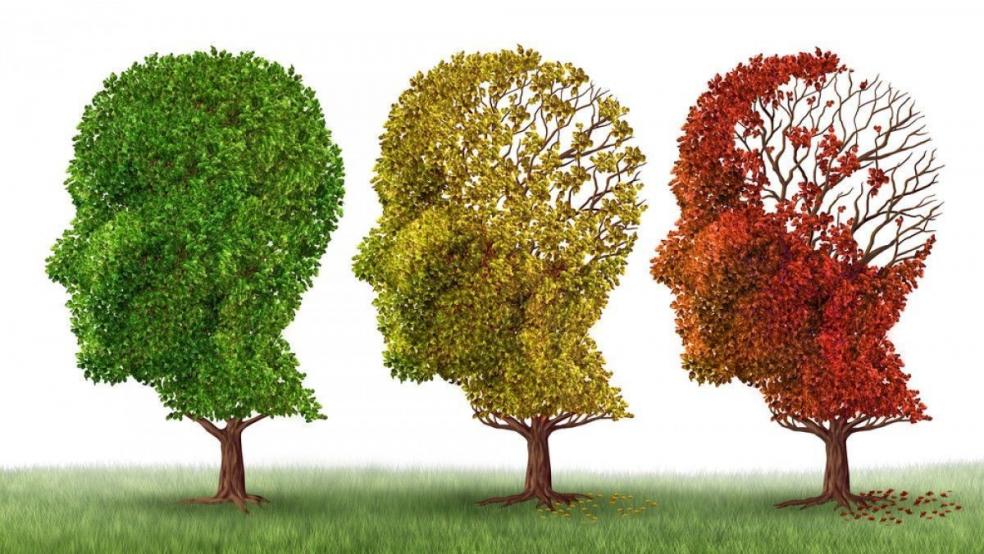At first glance, the World Bank Group’s just-launched Pandemic Emergency Finance Facility is precisely what the doctor ordered. PEF is a financing mechanism that will enable the global community to respond to outbreaks “before they spin out of control,” according to Jim Yong Kim, president of the World Bank Group. As the Zika virus spreads on mosquito wings, the timing seems perfect.
What’s not to like?
One thing: the PEF’s definition of pandemic may be too narrow. It includes only the spread of infectious diseases, like smallpox, tuberculosis and Ebola. The definition aligns with traditional assumptions about what a pandemic is and isn’t, probably not much changed since the Bubonic plague in the Middle Ages. However, it does not align with some of the greatest health threats of the 21st century. As the global population ages – with the 80+ population growing faster than any other, with more people over 60 than under 14 and with longevity extending to every society across the planet – it’s time to redefine “pandemic.”
Related: The American Retirement Crisis in 5 Charts
While contagious diseases create disastrous health outcomes and economic anxiety, so too do non-communicable diseases, like Alzheimer’s. Given this landmark decision by the World Bank Group to create the PEF, now is exactly the time to re-think what we mean by pandemic. Would a 21st century update be too much to ask?
Debate over the term pandemic is nothing new. In 2003, when the H1N1 influenza outbreak began, the WHO classified it as a pandemic. They came under heavy fire for this classification, with many arguing that H1N1 didn’t qualify. Subsequently, the WHO revised their definition of pandemic to better capture the social, health and economic threats of the H1N1 outbreak. Today, the WHO defines pandemic as “the worldwide spread of a new disease.”
This notion – the worldwide spread of a disease – is exactly what is happening now with Alzheimer’s, as the number of cases will triple from 47 million today to 135 million by mid-century. Moreover, it is a myth that Alzheimer’s is a first-world problem -- the next few decades will see the sharpest increases of the disease in the developing and poorest countries. Given this “worldwide spread” of Alzheimer’s, a better definition of pandemic in the 21st century would be: the worldwide spread of a new disease, either by infection or from age-related causes.
This new definition captures developments in thinking by the United Nations and the World Health Organization. The UN, for its part, noted formally in 2011 that Alzheimer’s had become a global health threat, and the WHO has recently announced a pivotal strategic initiative that will focus on healthy aging and “functional ability” in aging populations. Other organizations like the OECD, G20 and APEC – not to mention global businesses and private-sector coalitions – have made similar statements and commitments.
Related: The Retirement Cost That 80% of Americans Aren’t Ready For
They’re exactly right. Alzheimer’s will become the social and economic disaster of the 21st century if we do not find better ways to treat and prevent it, not to mention how we provide care for those who have it. Dr. Peter Piot, who spearheaded the UNAIDS movement, has quite rightly called Alzheimer’s the “ticking time-bomb” of the 21st century. If a pandemic is characterized by widespread prevalence; fear over increased spread; impact on people, families, communities; huge social and economic dislocation; and fiscal disaster --- well, that is Alzheimer’s.
The numbers explain why. Alzheimer’s already consumes over 1 percent of global GDP at $818 billion and will reach $1 trillion by 2018. And it’s just getting started. Rates of Alzheimer’s increase exponentially with age, with an incredible one in every eight people over 65 developing the disease and about one in two over 85, the fastest growing demographic in many countries. With two billion people older than 60 by mid-century, Alzheimer’s poses a global threat as great as any communicable disease.
These terrifying statistics do not even account for the full burden of the caregiver. With Alzheimer’s the real weight of the disease lands on the shoulders of the family or the person providing care.
Dr. Peter Doshi, a professor of pharmaceutical health services, has framed this issue in exactly the right way. In discussing whether H1N1 should have been classified as a pandemic in 2003, he concludes that “the simple act of labelling a disease has enormous social, economic, and political implications.” Indeed.
Related: Pay Off Student Loans or Save for Retirement? Here's What to Do
So far, the PEF has already raised $50 million. This money, given by Japan, will help build a system of liquid cash that can be channeled to preempt disease outbreak. But isn’t it curious that Japan, one of the world’s “oldest” countries, one that will soon sell more adult diapers than baby diapers, would earmark funds for the PEF and not Alzheimer’s? Once can’t help but speculate that the term “pandemic” held sway in this decision.
Perhaps not since the early 1990s, in the fight against HIV/AIDS, has the global community created an apparatus with this level of formality to provide funding and infrastructure to fight disease. Let’s applaud the World Bank Group’s foresight to form this fund and recognize that spending on health and prevention is not a cost but an investment.
But let’s also insist that, whether in or outside the scope of the PEF, Alzheimer’s disease is a 21st century pandemic and the global community ought start approaching it that way. Anything else is at our peril.






